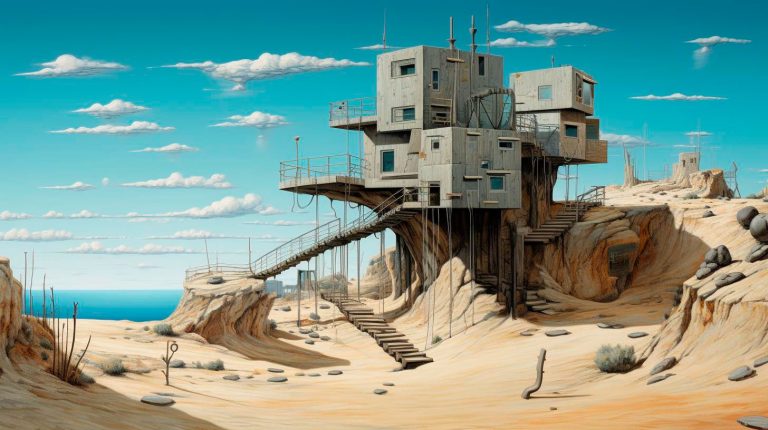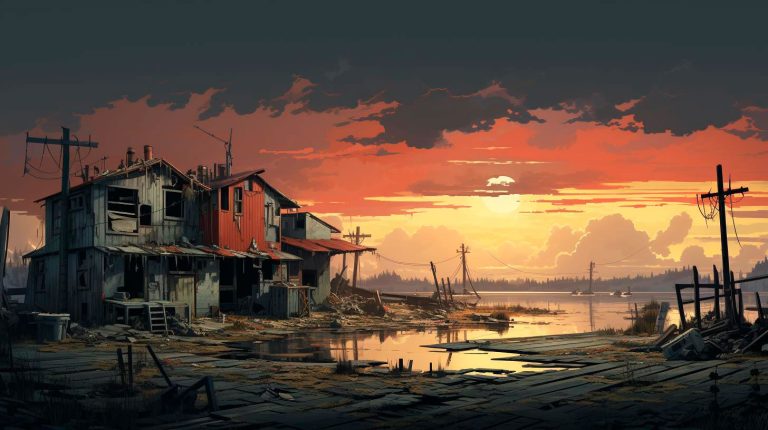This is where photo editing comes into play. With the right editing techniques, you can enhance your wildlife photographs and bring out their true beauty. In this article, we will explore essential photo editing tutorials to take your wildlife photography to the next level.
Adjusting Exposure and Contrast
One of the most crucial aspects of wildlife photography is getting the exposure and contrast right. Well-exposed images allow you to see the intricate details of the subject, while a balanced contrast provides depth and dimension to your photographs. These adjustments can be easily made using photo editing software such as Adobe Photoshop or Lightroom.
- Adjust the exposure to ensure proper brightness and clarity in your image.
- Enhance the contrast to make the subject stand out and add depth to the image.
- Use the histogram tool to analyze the exposure and make precise adjustments.
Applying Sharpening and Noise Reduction
When shooting wildlife, it’s common to encounter situations where the image is slightly blurred or contains unwanted noise. Sharpening and noise reduction tools can significantly improve the quality of your wildlife photographs.
- Apply selective sharpening to enhance the details of the subject without affecting the background.
- Use noise reduction techniques to remove any digital noise caused by high ISO settings.
- Find a balance between sharpening and noise reduction to maintain a natural look.
Adjusting White Balance
The correct white balance is crucial for capturing the true colors of your wildlife subjects. Different lighting conditions can create color casts that distort the natural hues. Adjusting the white balance helps you achieve accurate and vibrant colors in your images.
- Use the preset white balance options in your editing software, like daylight or cloudy, to correct color casts.
- Manually adjust the temperature and tint sliders to fine-tune the white balance according to your preference.
- Experiment with different settings to create unique moods and atmospheres in your photographs.
Cropping and Composition
Cropping and composition play a significant role in wildlife photography. They allow you to eliminate distractions, emphasize the focal point, and create a visually pleasing image. Photo editing software offers tools to help you crop and compose your wildlife shots effectively.
- Experiment with different cropping ratios to find the best composition for your photograph.
- Use the rule of thirds to place your subject off-center and create a more balanced composition.
- Consider the overall balance and symmetry of the image when cropping.
Enhancing Details with Clarity and Vibrance
To make your wildlife photographs truly captivating, it’s essential to enhance the details and colors. The clarity and vibrance adjustments in photo editing software can bring out the intricate textures and make the subject appear more lifelike.
- Use the clarity slider to enhance the mid-tone contrast and bring out textures in fur, feathers, or scales.
- Adjust the vibrance to intensify the colors without affecting the skin tones.
- Be subtle with the enhancements to maintain a natural look and avoid over-processing.
Capture and Create Stunning Wildlife Photographs
Mastering the art of wildlife photography is a continuous learning process. By combining your photography skills with photo editing techniques, you can capture and create stunning images that bring the wonders of the animal kingdom to life. Remember, practice and experimentation are key to developing your unique style.
So, go out into the wilderness, capture awe-inspiring wildlife moments, and let your creativity shine through the art of photo editing!


















+ There are no comments
Add yours